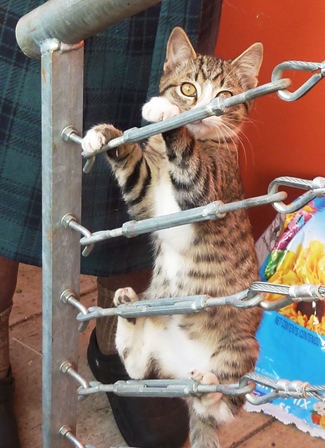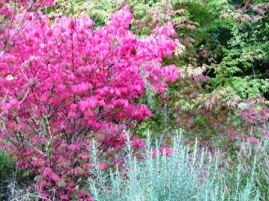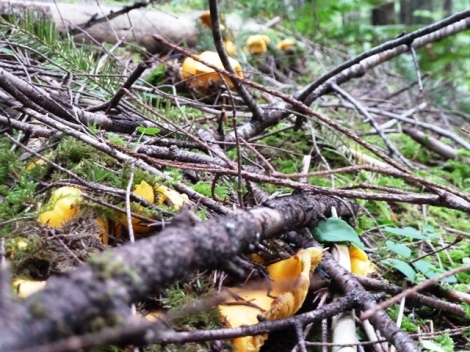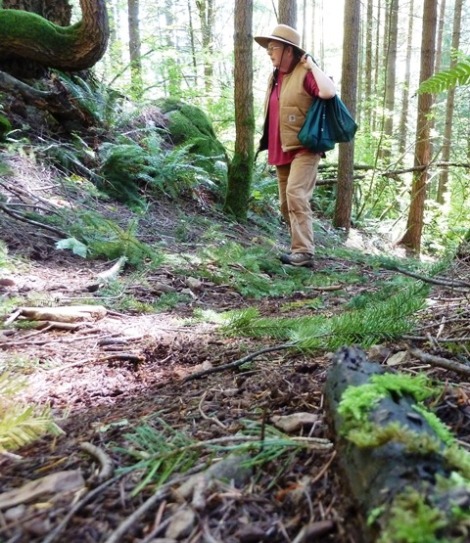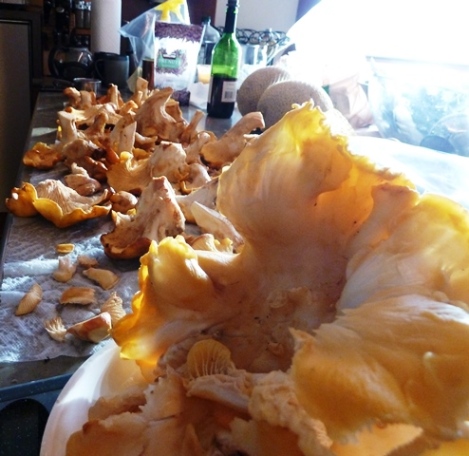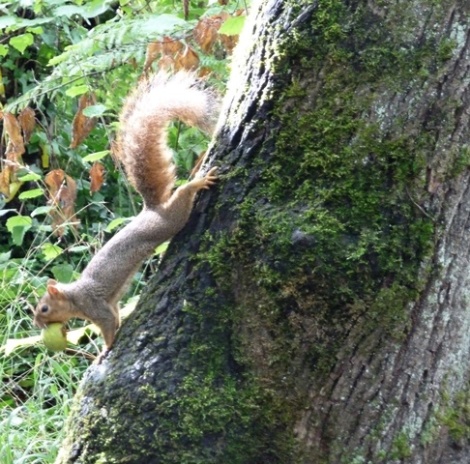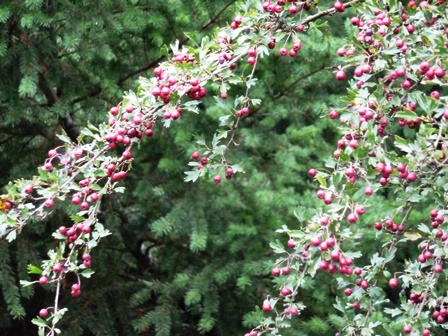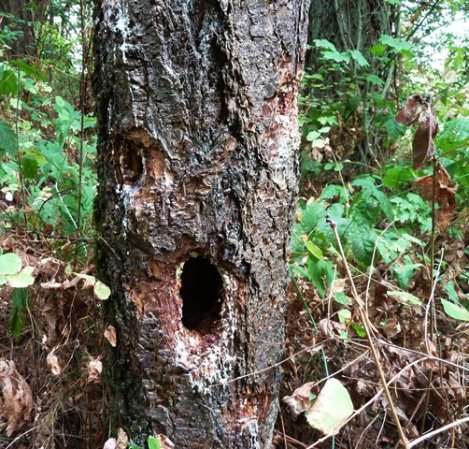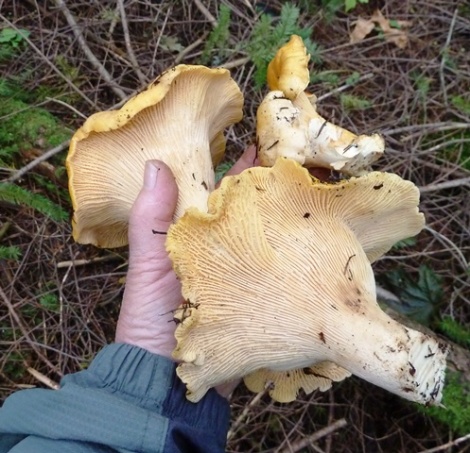 Recently in New Mexico I was made so aware of the living force in our most precious commodity, water.
Recently in New Mexico I was made so aware of the living force in our most precious commodity, water.
Above is a photo of Abiquiu Lake at very, very low water. This has been the condition of the country for the last decade of drought, water vanishing into the thirsty air and seeping into the ground, day by day, year after year. Those clouds that look so filled with promise seldom let down much. Often you can see the rain, see it as a veil beneath the clouds, but in a phenomenon called virga, it evaporates before it reaches the ground.

This image is shared courtesy of Creative Commons. Permission is granted to copy, distribute and/or modify this document under the terms of the GNU Free Documentation License, Version 1.2 or any later version published by the Free Software Foundation
I am still under the spell of a land formed by the absence and the sudden return of water. I am still marked by understanding how local water is, how suddenly it can change terrifying old bones of a landscape into fertile production. And I am still moved by the evidence of people who have lived in this region through these many hundreds of years.
Especially, three sites we visited stay in my mind.
As you drive Highway 84 near the settlement of Abiquiu you might see, off to the north side of the road and marked by a large white cross, an adobe structure crumbling into the sands. It is all that remains of a community of Spanish settlers, established in 1734. Some 20 families lived here, around a plaza which featured the small church building dedicated to Santa Rosa de Lima.
Though the site was abandoned in 1747, in a time of intense discord between the native peoples and the Spanish in-comers, the church itself was in use into the 1930s. Today it settles humbly back into the soil from which it came. Inside, there are signs of continued reverence for the site.
In a corner, and in several other niches around the building, are poor roses struggling to establish themselves. A jug of water has a note beside it: Please water the roses. We did.
 A weathering sign at the parking lot tells us the dates of Santa Rosa de Lima, April 30 1586 to August 25, 1617, and prays, “When we serve the poor and the sick we serve Jesus. We must not fail to help our neighbors, because in them we serve Jesus. Amen.”
A weathering sign at the parking lot tells us the dates of Santa Rosa de Lima, April 30 1586 to August 25, 1617, and prays, “When we serve the poor and the sick we serve Jesus. We must not fail to help our neighbors, because in them we serve Jesus. Amen.”
The desert sun and wind, and the sometimes rain, wear away at the building, but someone cares for the place. Someone keeps trash away. Visitors seem to be quiet and respectful.
A little further east, on the south side of the highway, is a small turn-out and parking area. It’s not marked on the roadway, but across from the parking lot is a trailhead which leads to an upward track. It’s a well-made trail that skirts, at a distance meant to keep hikers at a protective margin, an ancient Pueblo site. Persist a while — it’s not more than half a mile, but you will want your water bottle — and you will come to the crest of a knoll that gives a map-like view of the remains of the village of Poshuouinge (say it po-shu-win-gay). Apart from aerial photography, you are unlikely to have such a distinct look at the lay-out of a village site. (Not long ago someone taught me a subtlety of speech. She said she does not like to use the word “ruin” for such places, because ruin suggests annihilation and the end of something. These people, the Pueblo descendants, are still with us, still making lives in time. So I call this kind of place a site. I no longer call them ruins, no matter what the sign at the trailhead says.)
 A map board at the viewpoint shows the village in plan,
A map board at the viewpoint shows the village in plan,
but you can see it yourself so clearly, the board is hardly needed.
There is holiness here, too, the holiness of deep time and souls gone before. In places like this, the air holds something difficult to grasp, but which is tasted in our own breath as we stand above it. I have examined bits of broken pottery that hold the imprint of the fingers of the potter. A likewise imprint exists on the land and in the wind.
(Here is a teaching moment, a small lecture. Just as you do not go into someone’s home and pocket little things to take away, you do not take away the bits of material culture you find in ancient sites. Removed from their context they have no value to understanding. Stored in a drawer in your garage, they have no value to you, either. What do they say about anything if they are mounted for display in your den? Their value is in their place. Left here, they can speak to the next people who come along. It’s a matter of respect. Pick them up, look at them, wonder what they tell you. Enjoy the moment. Put them back.)
What might have caused the people to leave here? It was long before the Spanish arrived to disrupt native lives and traditions. The river appears to have moved away from the flat if the rendering is correct, but not so far as to make life uneasy. A couple of springs still rise nearby. It cannot have been water that drove them from their homes and gardens.
Water on my mind again. Right now this valley of the Chama River is surprisingly green. In a hoped-for but unexpected gesture from nature, there has been some rain this spring and early summer. It takes so little to waken the desert. And it wakes with such sudden exuberance, it is almost possible to forget, for a moment, what lies just away from the river, just away from that sweet spot where a prickly pear blooms.
And it wakes with such sudden exuberance, it is almost possible to forget, for a moment, what lies just away from the river, just away from that sweet spot where a prickly pear blooms.
It is this:
and this:
The White Place, Plaza Blanca, where the elements have carved what seem to be lines of penitents making their long way through time.
It is a kind of horror to contemplate the forces at work here. Without markers, without telling, this place is as holy and mysterious and deserving of respect as the shrine of Santa Rosa and the site of Poshuouinge. Such deep time lies revealed naked here that it is impossible not to understand, suddenly, how small our own time is.
So where am I going with all this? I’m wandering. I’m reminding myself of place and time. The river flows nearby and gives life.
Time flows over it all and takes life, or turns it into something else.
And we pass by along the way, wondering a little now and then whether we mean much in it all.
John Muir wrote, of another place,
One is constantly reminded of the infinite lavishness and fertility of Nature — inexhaustible abundance amid what seems enormous waste. And yet when we look into any of her operations that lie within reach of our minds, we learn that no particle of her material is wasted or worn out. It is eternally flowing from use to use … and we soon cease to lament waste and death, and rather rejoice and exult in the imperishable, unspendable wealth of the universe, and faithfully watch and wait the reappearance of everything that melts and fades and dies about us… (My First Summer in the Sierra, John Muir)
He was happier in his world than we have any right to be today, and to quote such words that could not imagine the elemental brink on which we stand may seem frivolous. But even now we need to hold onto the knowledge that this world, which can live on quite well without us, is a work of long time.












































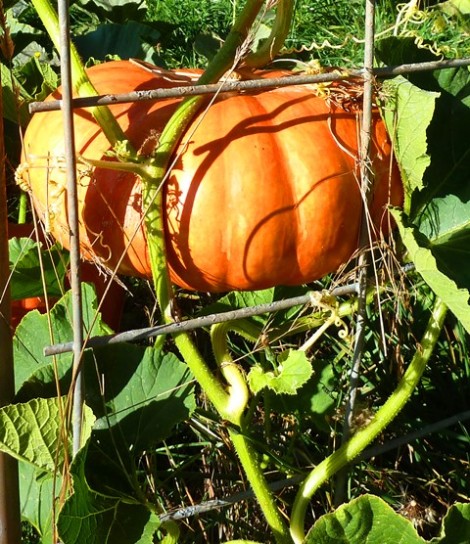
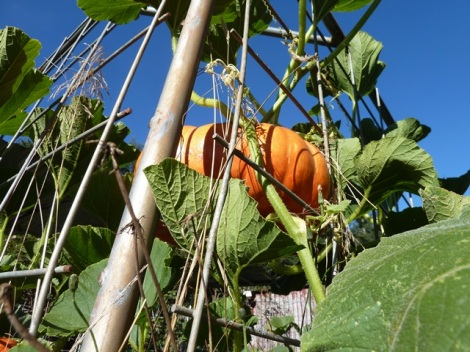
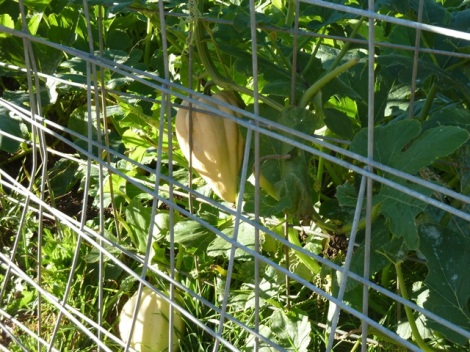


 there was an unfortunate day for some chickens. They are now resting peacefully in the freezer. They are not fryers but stewing hens waiting for their day in the winter pot. Chicken butchering day is also custard dessert day for us. Old hens still have a supply of egg yolks inside, and it would be a terrible thing to waste them.
there was an unfortunate day for some chickens. They are now resting peacefully in the freezer. They are not fryers but stewing hens waiting for their day in the winter pot. Chicken butchering day is also custard dessert day for us. Old hens still have a supply of egg yolks inside, and it would be a terrible thing to waste them.

 It’s County Fair Time again!
It’s County Fair Time again!














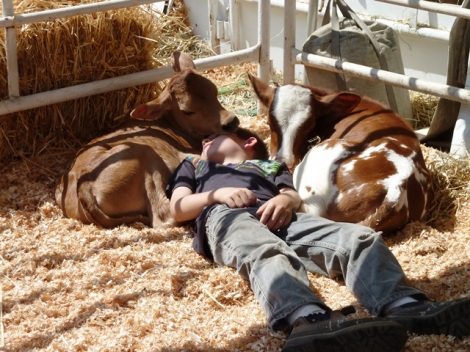


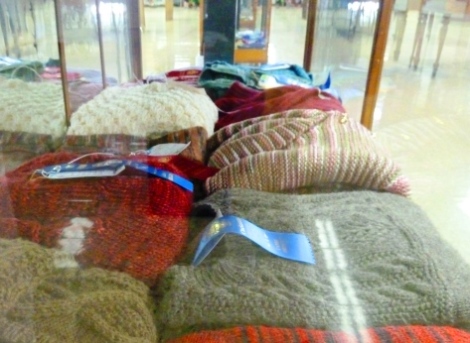


 (This image is in the
(This image is in the 
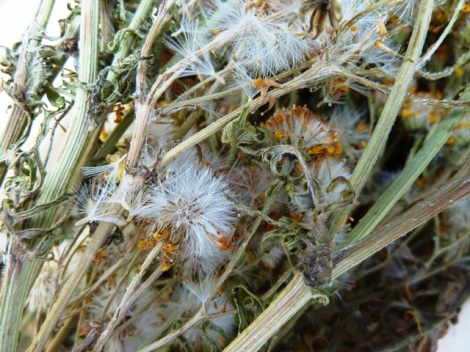





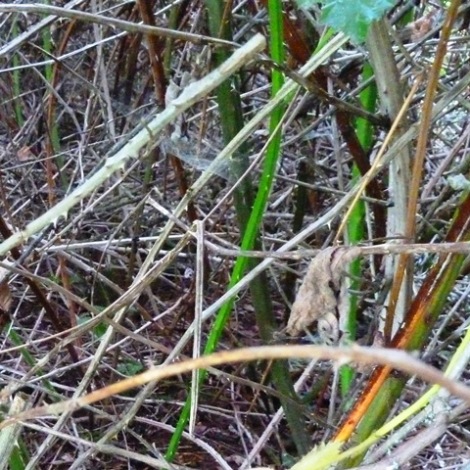
















 had expended all of her 9 lives, and the new cats were not yet established in their art, I lost a well-grown Benjamin Britten rose, a young lilac, and lot of dahlias from the garden. I lost tulip bulbs, and daffodils. Strawberries. Daylilies. Carrots. A place needs cats.
had expended all of her 9 lives, and the new cats were not yet established in their art, I lost a well-grown Benjamin Britten rose, a young lilac, and lot of dahlias from the garden. I lost tulip bulbs, and daffodils. Strawberries. Daylilies. Carrots. A place needs cats.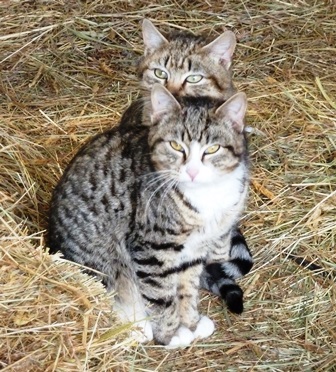
 so it didn’t seem like we needed to take any action in the matter. It wasn’t long, though, before I found him one day, curled as if in sleep in the soft springtime sun beside the path. He wasn’t asleep really, but had gone on before, leaving Moth to take care of the gophers.
so it didn’t seem like we needed to take any action in the matter. It wasn’t long, though, before I found him one day, curled as if in sleep in the soft springtime sun beside the path. He wasn’t asleep really, but had gone on before, leaving Moth to take care of the gophers.